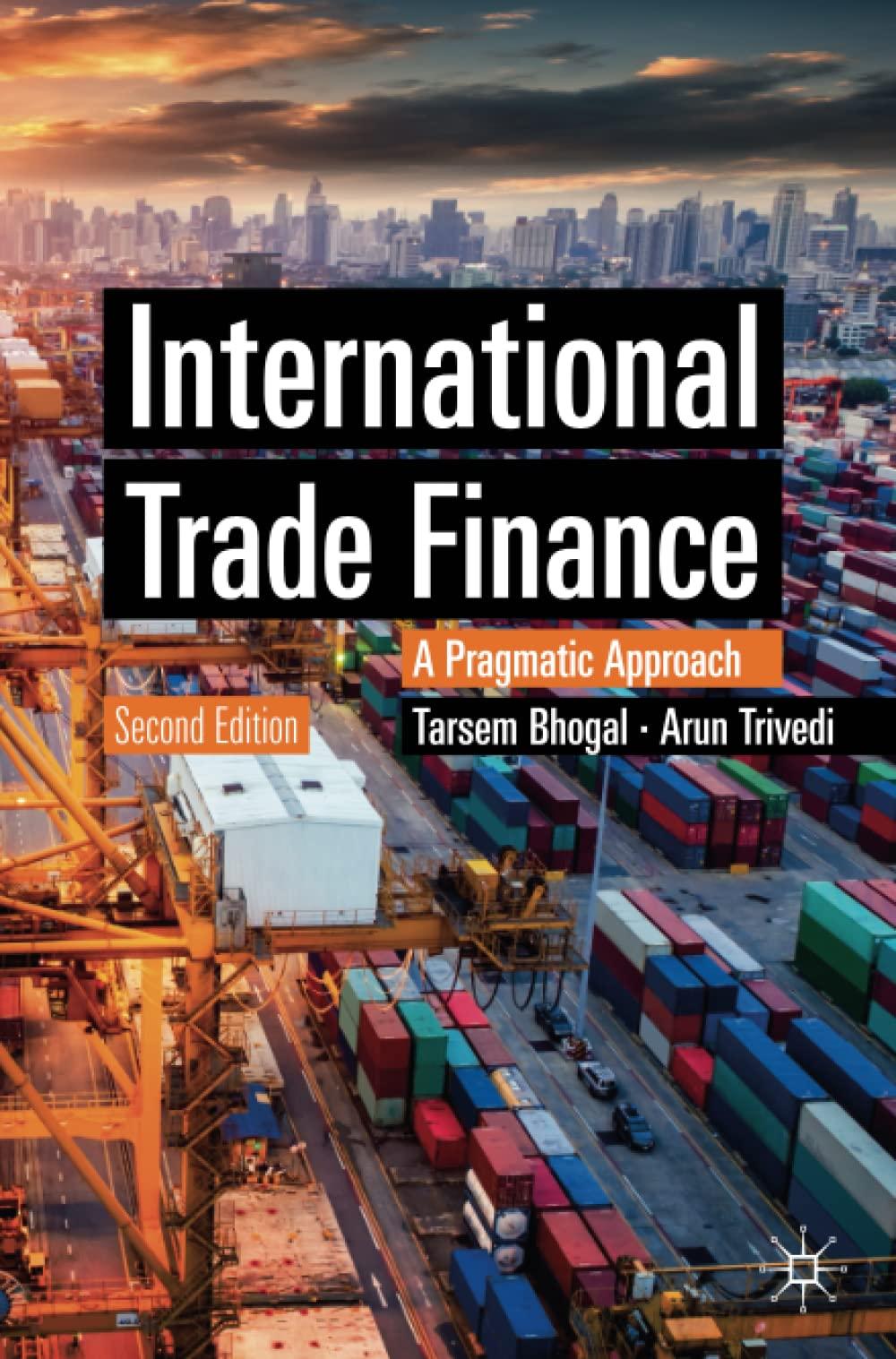Answered step by step
Verified Expert Solution
Question
1 Approved Answer
Annie Hegg has been considering investing in the bonds of Atilier Industries. The bonds were issued 5 years ago at their $1,000 par value and
Annie Hegg has been considering investing in the bonds of Atilier Industries. The bonds were issued 5 years ago at their $1,000 par value and have exactly 25 years remaining until they mature. They have an 8.0% coupon interest rate, are convertible into 50 shares of common stock, and can be called any time at $1,080.00.
The bond is rated Aa by Moody's. Atilier Industries, a manufacturer of sporting goods, recently acquired a small athletic-wear company that was in financial distress. As a result of the acquisition, Moody's and other rating agencies are considering a rating change for Atilier bonds. Recent economic data suggest that expected inflation, currently at 5.0% annually, is likely to increase to a 6.0% annual rate. Annie remains interested in the Atilier bond but is concerned about inflation, a potential rating change, and maturity risk. To get a feel for the potential impact of these factors on the bond value, she decided to apply the valuation techniques she learned in her finance course.
To Do
a. If the price of the common stock into which the bond is convertible rises to $30.00 per share after 5 years and the issuer calls the bonds at
$1,080.00, should Annie let the bond be called away from her or should she convert it into common stock?
b. For each of the following required returns, calculate the bond's value, assuming annual interest. Indicate whether the bond will sell at a discount, at a premium, or at par value.
(1) Required return is
6.0 %6.0%.
(2) Required return is
8.0 %8.0%.
(3) Required return is
10.0 %10.0%.
c. Repeat the calculations in part (b),
assuming that interest is paid semiannually and that the semiannual required returns are one-half of those shown. Compare and discuss differences between the bond values for each required return calculated here and in part (b)
under the annual versus semiannual payment assumptions.
d. If Annie strongly believes that expected inflation will rise by 1.0% during the next few months, what is the most she should pay for the bond, assuming annual interest?
e. If the Atilier bonds are downrated by Moody's from Aa to A, and if such a rating change will result in an increase in the required return from
8.0% to 8.75%, what impact will this have on the bond value, assuming annual interest?
f. If Annie buys the bond today at its $1,000 par value and holds it for exactly 3 years, at which time the required return is 7.0%, how much of a gain or loss will she experience in the value of the bond (ignoring interest already received and assuming annual interest)?
g. Rework part (f), assuming that Annie holds the bond for 10 years and sells it when the required return is 7.0%.Compare your finding to that in part (f), and comment on the bond's maturity risk.
h. Assume that Annie buys the bond at its current price of $983.80 and holds it until maturity. What will her current yield and yield to maturity (YTM) be, assuming annual interest?
i. After evaluating all of the issues raised above, what recommendation would you give Annie with regard to her proposed investment in the Atilier Industries bonds?
a. If the price of the common stock into which the bond is convertible rises to 30.00 per share after 5 years and the issuer calls the bonds at
$1,080.00, should Annie let the bond be called away from her or should she convert it into common stock?
The value of the stock if the bond is converted is ________ (Round to the nearest cent.)
which one is correct ?
A. Annie should convert the bonds because the value of the shares is
$ 1, 500.00 greater than 1,080.00$1,500.00>$1,080.00.
B.
Annie should not convert the bonds because the value of the shares is
$ 1,500.00 greater than $ 1,080.00$1,500.00>$1,080.00.
C.
Annie should not convert the bonds because the value of the shares is
$ 1,500.00 less than $ 1,080.00$1,500.00<$1,080.00.
D.
Annie should convert the bonds because the value of the shares is
$ 1,500.00 less than $ 1,080.00$1,500.00<$1,080.00.
b. For each of the following required returns, calculate the bond's value, assuming annual interest. Indicate whether the bond will sell at a discount, at a premium, or at par value.
(1) Required return is 6.0%.
The bond's value will be ____
(Round to the nearest cent.)
The bond would selling at ( a premium, a discount or par value) ?
(2) Required return is 8.0%.
The bond's value will be _____
(Round to the nearest cent.)
The bond would selling at (a premium,a discount orpar value) ?
.
Step by Step Solution
There are 3 Steps involved in it
Step: 1

Get Instant Access to Expert-Tailored Solutions
See step-by-step solutions with expert insights and AI powered tools for academic success
Step: 2

Step: 3

Ace Your Homework with AI
Get the answers you need in no time with our AI-driven, step-by-step assistance
Get Started


